Gloucestershire Clinical Commissioning Group
Through the discovery work undertaken as part of our Telehealth contract, our Technology Enabled Care pilot and our equipment service redesign we have found that all elements currently work in silo of one another meaning that there is significant duplication between services and a poor user journey.
As such we have designed a new step up/step down model between Telehealth, Telecare and Technology Enabled Care. We want to test this model with real users and refine until we are confident that we have a suitable model to roll out to both health and social care professionals. We want to use this model as an opportunity to raise professional’s knowledge of equipment and technology and how it can be used in both a preventative and reactionary way to improve the outcomes, build knowledge and confidence of the users of the kit and increase independence.
We want to measure the impact that it has on both primary care appointments, hospital admissions and packages of care.
We want to embed the developed model into our Gloucestershire Equipment and Technology Service (GETS), that can then be accessed by all of our pool and non-pool partners; GCC, CCG, GCS, GHT, 2G.
Discovery evidence
The majority of our research has been through reviewing current service provision; managing the contracts/SLA’s, understanding the data provided by the Telehealth provider, holding regular meetings between teams, reviewing what is now available on the market and identifying gaps and issues in our provision.
Working closely with the Telehealth provider (Baywater) we have included new clinical decision trees and will be introducing video conferencing over the next year and want to link this to wider services (step up/step down).
As part of our service redesign work (GETS) we have undertaken a dip sample of 50 people who have had equipment or telecare issued, seeing if there has been any other involvement from other teams e.g. Telehealth (currently silo’ed) – 60% of people had accessed more than one service in the past year. In addition we have designed a Target Operating Model for both the step up/step down process and GETS, basing this on the information gleaned from developing an ‘as is’ process map.
Our research shows a clear need to improve integration between teams to reduce duplication, ensure better value for money and to improve the journey and outcomes of individuals by embedding a new model within health and social care.
- Digital and agile awareness
- Introduction to user research
- Introduction to product management
- Introduction to digital business analysis
 UK Ministry of Housing, Communities and Local Government (MHCLG)
UK Ministry of Housing, Communities and Local Government (MHCLG) 